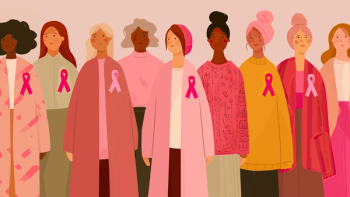I cover CURE's childhood cancer beat. It's a topic I've been interested in since volunteering in the local children's hospital playrooms, some of which are located in the cancer wing . I also happen to know and adore numerous children who are a result of fertility treatments. So when news items began popping up recently stating that children born as a result of fertility drugs were twice as likely to develop acute lymphoblastic leukemia (ALL), the most common form of childhood cancer, I tuned in for reasons both personal and professional.After initially reading various news organizations' interpretations of that study, and not the actual study itself, it was impossible to determine how serious a threat these fertility drugs really were, which fertility drugs were potentially problematic or if any were even harmful at all. Some media outlets went for the attention-grabbing headlines: "Fertility Drugs More than Double Childhood Cancer Risk, Scientists Say"; "Common IVF Fertility Drugs 'Increase Childhood Leukemia Risk'"; "IVF drugs linked to childhood cancer." It makes you wonder how many parents of children conceived with the help of fertility drugs panicked when they saw those headlines. The actual study, however, is far less conclusive than those headlines suggest. True, French researchers found an association between ovulation-stimulating drugs and childhood cancer, but there was also an association between childhood cancer and couples who took longer than a year to conceive naturally. And, to be clear, association is not synonymous with causation. And the term link cannot be interchanged with cause. The lead researcher admitted further study was needed. In other words, fertility drugs may or may not increase the risk of childhood cancer. This is not as bold of a statement, but certainly a more accurate one.Studies that are not quite ready for prime-time come out every day, and sometimes the media picks up them. Indeed, some studies are more interesting than others, and what a thrill as a journalist to report on brand new findings. But if those findings aren't given proper context, the potential for causing unnecessary stress and worry among an audience that probably already has its fair share of both is high. Perhaps we as journalists need to be more generous with our use of the word "may" in our headlines.





